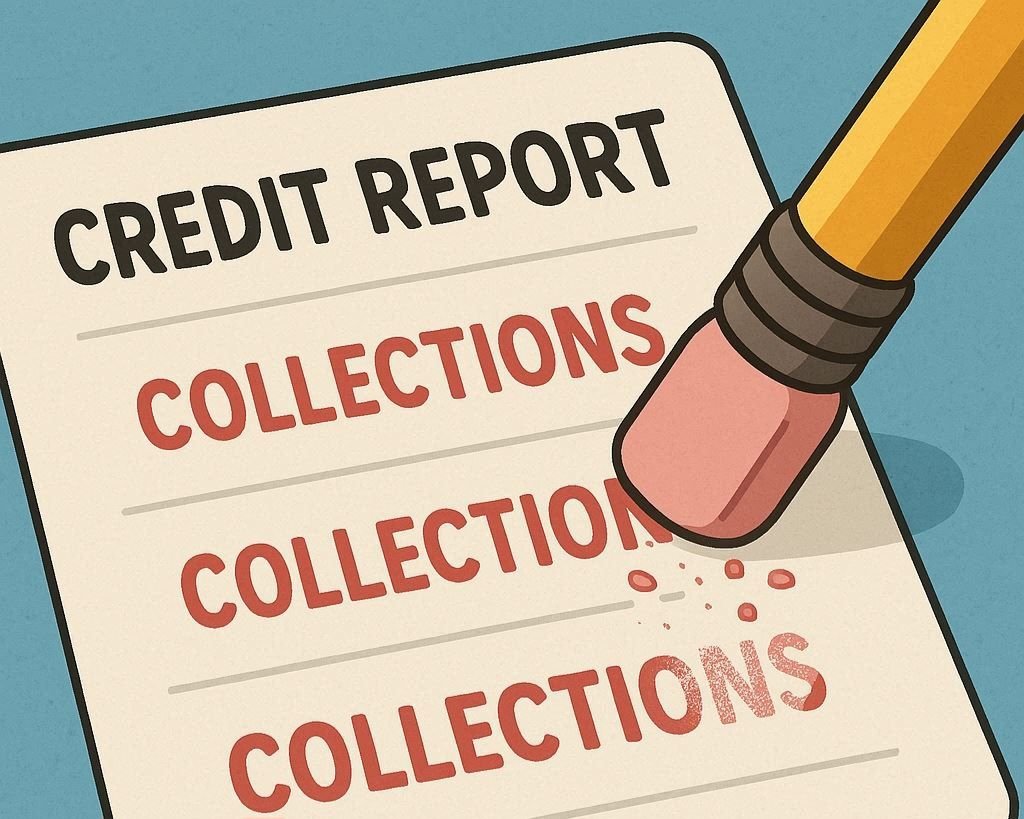Your credit report plays a huge role in your financial life. Your credit history can open and close doors. Unfortunately, credit reports are not always accurate. Mistakes happen—whether it’s an account that doesn’t belong to you, a payment wrongly marked late, or outdated information that should have been removed. That’s where credit disputes come in. You have a right
Step 1: Review Your Credit Reports
The first step in making a credit dispute is to carefully check your credit reports from all three major credit bureaus—Equifax, Experian, and TransUnion. You’re entitled to one free report per year from each bureau through AnnualCreditReport.com. When reviewing your reports, look for any items that seem incorrect, such as:
- Accounts you don’t recognize
- Incorrect payment statuses
- Duplicate accounts
- Incorrect balances or limits
- Personal information errors (name, address, Social Security number)
- Old negative items that should have been removed
Step 2: Gather Supporting Evidence
Before you file your dispute, collect documentation to back up your claim. This could include bank statements, payment confirmations, correspondence with creditors, or legal documents. The more evidence you have, the stronger your case will be. Without proof, your dispute may be harder to resolve in your favor.
Step 3: File Your Dispute with the Credit Bureau
You can file disputes online, by phone, or by mail. Filing online is typically the fastest, but mailing gives you the ability to keep a paper trail. Here’s what to include in your dispute:
- Clearly identify the item you’re disputing
- Explain why it’s incorrect
- Provide copies of supporting documents
- Include your full name, address, and report confirmation number
Most people choose to send disputes via certified mail so they have proof of delivery. Each credit bureau has its own mailing address for disputes, which you can find on their website.
This post contains a template for a dispute letter.
Step 4: Wait for the Investigation
Once the credit bureau receives your dispute, they will do an investigation—usually within 30 days. They’ll contact the creditor who reported the information and request verification. During this time, you don’t need to take further action, but you should watch for follow-up requests for additional details.
Step 5: Review the Results
When the investigation is complete, the bureau will send you the results in writing. If the disputed item is corrected or removed, they’ll provide a free copy of your updated credit report, but if they decide not to make changes, they must explain why. If you still disagree, you have the right to add a statement of dispute to your credit file.
Step 6: Follow Up if Necessary
If your dispute doesn’t go your way, don’t give up. You can file a new dispute with additional evidence, contact the creditor directly, or seek help from a credit repair professional. Just keep in mind that legitimate negative information cannot be removed if it’s accurate—it will stay on your report for the legally allowed time.
Best Practices for Successful Credit Disputes
- Be clear and concise in your dispute letter
- Send copies, not original documents
- Keep copies of all correspondence
- Use certified mail with return receipt requested
- Follow up if you don’t hear back in 30 days
Common Mistakes to Avoid
Many people delay filing disputes because they think it will be complicated. Others make the mistake of disputing multiple items without evidence, hoping something will stick. Avoid sending vague or incomplete disputes—specificity is your friend. Also, don’t dispute accurate negative information, as it won’t be removed unless it’s incorrect or outdated.
Why Credit Disputes Matter
Correcting errors on your credit report can boost your credit score, which may help you qualify for better loan terms, lower interest rates, or even better job opportunities. Since lenders, insurers, and employers often use credit reports in decision-making, it’s worth taking the time to make sure yours is accurate.
Understanding Your Rights
The Fair Credit Reporting Act (FCRA) gives you the right to dispute inaccurate information and have it investigated. If a credit bureau violates your rights, you can report them to the Consumer Financial Protection Bureau (CFPB) or even take legal action. Knowing your rights can help you navigate the process with confidence.
Final Thoughts
Making credit disputes is not as intimidating as it sounds. By carefully reviewing your reports, gathering evidence, and submitting a clear dispute, you can correct mistakes and protect your financial health. Be patient and persistent, and remember—accuracy in your credit history is worth the effort.





